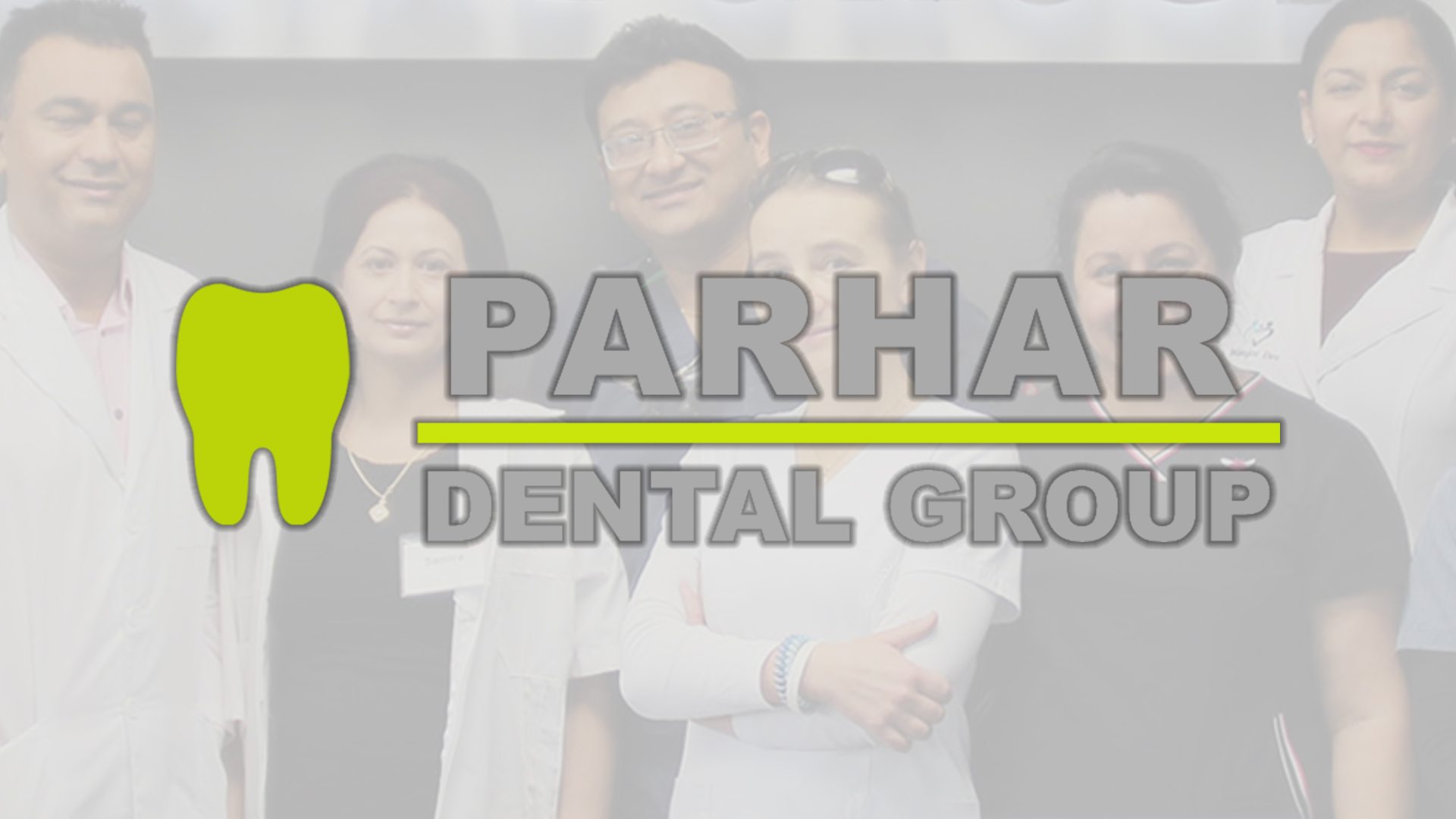Experienced staff at all locations of Parhar Dental Care is well trained to take care of knocked out teeth (in dental terminology knocked out tooth is called “avulsed tooth). A tooth has the best chance of survival if replaced within 30 minutes. Waste no time take the injured to the nearby dentist. A dislodged baby tooth can’t be replaced and does not need to be put back in. On the other hand, a permanent tooth, which is more sharply defined than a baby tooth, can often be saved if prompt action is taken and the tooth is handled carefully.
WHAT TO DO:
When a baby or toddler injures gums or teeth:
- If there’s bleeding, put cold water on a piece of gauze and apply pressure to the site.
- To reduce swelling, offer the child an ice pop to suck.
- See the dentist as soon as possible.
- If the child is very young, we may recommend a spacer to keep the rest of the teeth in place until the permanent tooth appears.
- Over the following week, watch for signs of an abscess such as fever and swollen, tender gums next to the injury site.
If a permanent tooth is chipped or broken:
- Collect all the pieces of the tooth.
- Rinse the damaged area of the mouth with warm water.
- Give the child a cold compress to hold on the injured tooth.
- See a dentist right away.
If a permanent tooth is knocked out:
- Hold the tooth by the crown (the top), not the root.
- Rinse the tooth immediately with saline solution or milk. (Tap water should be used only as a last resort; it contains chlorine, which may damage the root.) Do not scrub the tooth.
- The best place to preserve the tooth on the way to the dentist is in its socket. If your child is old enough and mature enough not to swallow it, replace it gently, then have the child bite down on a gauze pad to keep it in place.
- If the tooth can’t be reinserted, put it in milk – a good preservative because its chemical makeup is compatible with teeth. If milk isn’t available, place it inside your own mouth, between your cheek and lower gum.
- Give the child a gauze pad or handkerchief to bite down on, which will help lessen bleeding and ease the pain.
- See the dentist or visit a local children’s hospital – most also have dental services for children.

